Services
A Step in Time specializes in residential structural engineering inspection services. Ray Gessner is a licensed professional engineer in Virginia, Florida and Maryland. We offer engineering services including existing residential structural inspections, foundation and crawl space inspections, attic and structural framing inspections
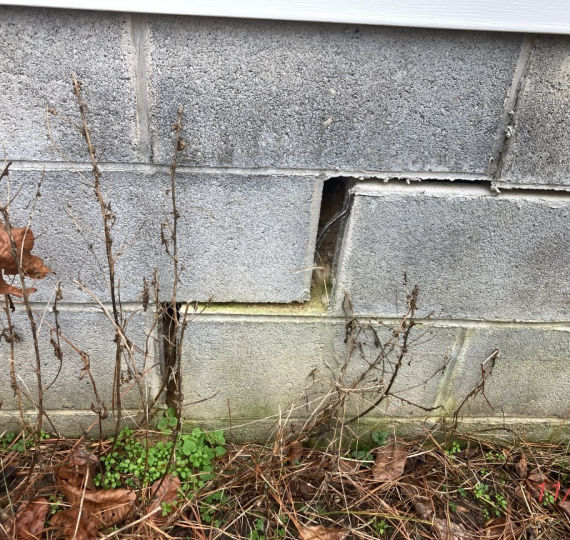
Insurance claims
There are many lawyers who would be happy to fight insurance companies but there aren’t too many structural engineers who will do it. The reason is that most insurance companies have teams of structural engineers and they have been trained to understand not only structural engineering but the building codes that allows insurance companies to either deny claims or diminish claims. Trust me, not all structural engineers are bad and not all insurance companies are evil businesses. The simple fact is that the more insurance companies have to pay in claims, the lower profit or revenue they will have to advertise or the higher their premiums will be compared to other companies. Think about it. Watch every insurance company advertisement and many will say there was an accident and they covered it. The companies want you to feel comfortable about signing up for insurance, paying premiums for the insurance and when there is a claim, you would expect that it would be covered. The process usually goes this way. You have a claim and the insurance company sends an adjuster who is employed by the insurance company to determine if the claim is a covered loss or denied by policy terms for a number of reasons including policy exclusions, pre-existing conditions, insufficient documentation or no covered issues like soil settlement, flooding or earthquake damage. The problem with this is that most have been trained by the company themselves and the procedure they perform to do these training. Sometimes even the trainers may be unknowingly training their employees incorrectly. Most of the time, issues are simple. For example:,
True Case 1
True Case 2
True Case 3

Contractor disagreements
We have had numerous contractor related inspections. Some have been examples of a contractor who was trying to rebuild a pool and during excavation, the soil eroded, caused damage to sea walls, concrete patios, and some foundation damage. We documented the damage, wrote an engineering report and review and last we heard there was a $130,000 settlement offer, but we do not know if it was accepted. Other contractor disagreement include homes being built to non code complying standards and we develop reports for the homeowners to send to the builder, city officials or their attorney for addition information. How de determine our inspection is to find the building code violation, which has been voted into law and develop our report with these facts. Many structural engineers rely on their opinion as a professional opinion. What happens if you have two opinions that are opposite with the similar qualifications. The answer is to write and document your report existing building codes.
Termite damage
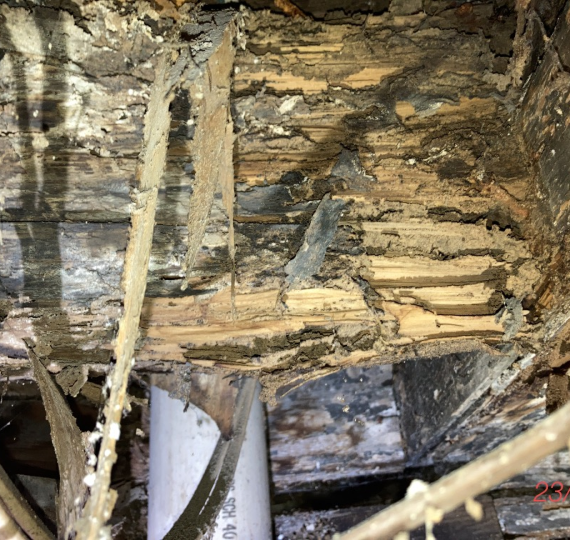
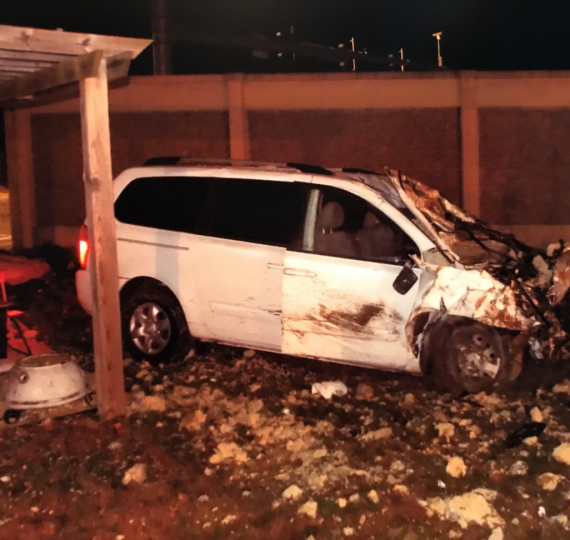
Residential automobile impacts
City permits and other city issues

Load bearing wall determination
Many times homeowners simply want to remove a wall and need to know if it is load bearing. Most owners do not have building plans and so we need to review the structural layout and determine load paths to verify if it is load bearing or no load bearing.
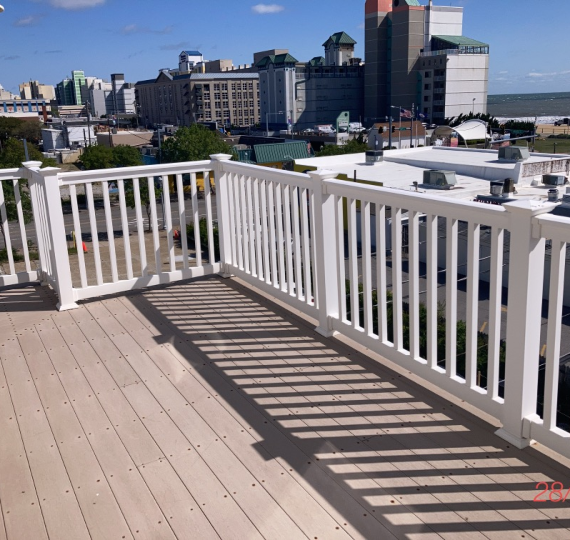
Residential Deck Inspections
Structural Soundness of components
Many times homeowners simply want to know if a defect is a major structural defect or a cosmetic issue that does not affect the structural soundness of the member. Many times, the answer is provided with reasoning and common sense explanation of why issues may occur. For example, we inspected a CMU basement wall with horizontal cracking in the connecting mortar joints. The wall was vertical and not bowing inward. We explains that gutters were draining along his foundation wall, the water pressure was pushing the wall and has cracked the mortar but if the gutters are properly diverted away from the foundation wall than this problem will solve itself.
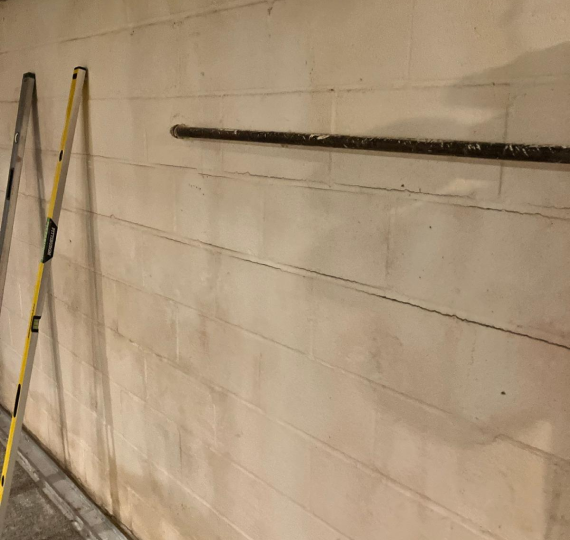

Fire and water damage
These are just some of the common services we provide. We have also provided some really detailed structural engineering including
- construction vibration damage assessment
- structural design
- commercial building inspections
- foundation design
- geotechnical soil classification
- load analysis
- structural analysis
- construction management
- feasibility studies
- forensic engineering
- historical restoration
- roof inspections
- peer review
- risk assessment
- construction document review
- masonry design
- structural health monitoring
- structural steel design
- quality assurance
- retaining wall inspections and more

